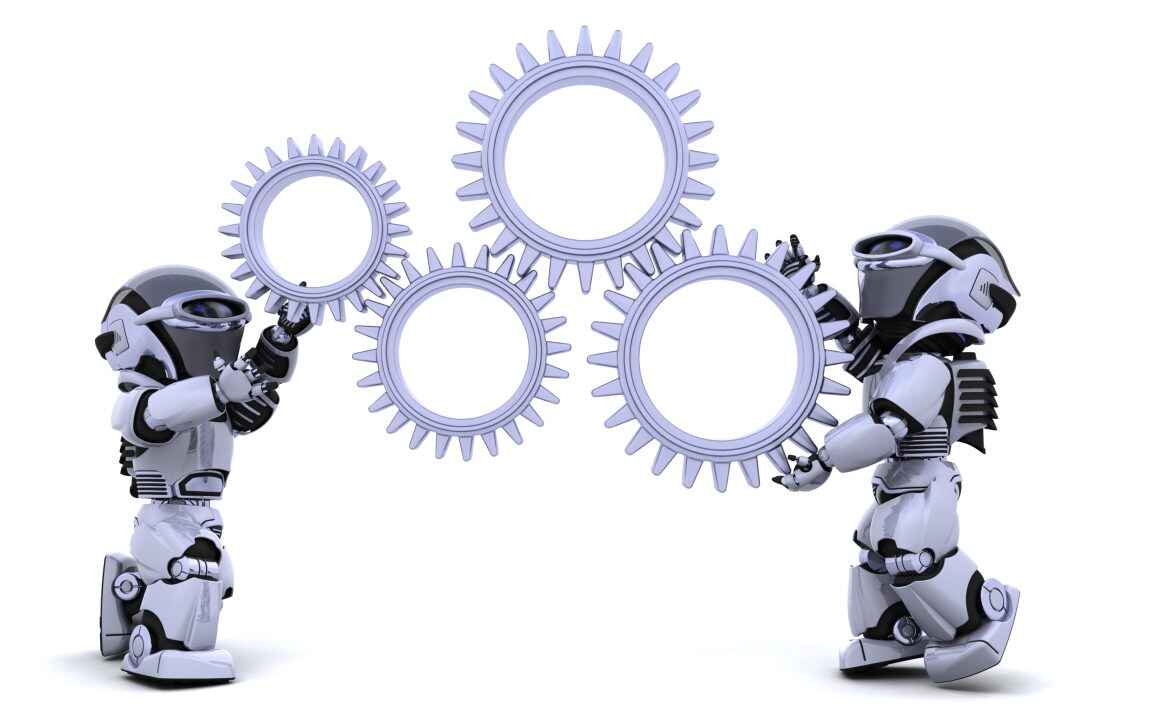Sustainable Technology: Building a Greener Future with Innovation


In a world where environmental concerns are at the forefront, Sustainable Technology emerges as a beacon of hope. This innovative approach to technology not only meets the needs of the present but also ensures a sustainable and harmonious future. Let’s embark on a journey to discover the remarkable advancements and applications of Sustainable Technology.
Defining Sustainable Technology
Sustainable Technology, often referred to as Green Technology or Clean Tech, encompasses a wide range of innovations designed to minimize environmental impact while delivering technological solutions. It promotes resource conservation, reduces carbon emissions, and fosters a circular economy.
Harnessing Renewable Energy
One of the cornerstones of Sustainable Technology is the shift towards renewable energy sources. Solar panels, wind turbines, and hydroelectric systems are revolutionizing the way we generate electricity. These clean energy alternatives reduce dependence on fossil fuels and mitigate greenhouse gas emissions.
Eco-Friendly Transportation
Sustainable Technology extends to transportation with the development of electric vehicles (EVs) and green mobility solutions. EVs are not only energy-efficient but also contribute to reduced air pollution and lower noise levels, making them a sustainable choice for urban environments.
Efficient Building and Architecture
Green building practices and sustainable architecture play a pivotal role in Sustainable Technology. Energy-efficient designs, sustainable materials, and smart building technologies are transforming construction, reducing energy consumption, and creating healthier indoor environments.
Green Computing and Circular Electronics
Sustainable Technology also addresses the environmental impact of electronics. Green computing practices focus on energy-efficient hardware and software solutions, while circular electronics initiatives aim to reduce electronic waste through recycling and sustainable product design.
Conservation and Environmental Monitoring
Technology is a valuable tool for environmental conservation and monitoring. Remote sensing, data analytics, and IoT devices are helping scientists and organizations track and protect ecosystems, endangered species, and natural resources.
Challenges and Opportunities
While Sustainable Technology holds immense promise, it faces challenges such as cost barriers and the need for widespread adoption. However, these challenges present opportunities for collaboration, research, and policy changes to accelerate the transition to a sustainable future.
The Path to a Greener Future
Sustainable Technology is not just a trend; it’s a commitment to creating a more sustainable and environmentally conscious world. As individuals, businesses, and governments embrace these innovations, we move closer to a future where technology coexists harmoniously with the planet.




